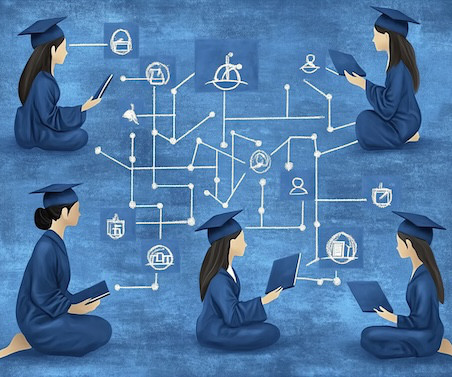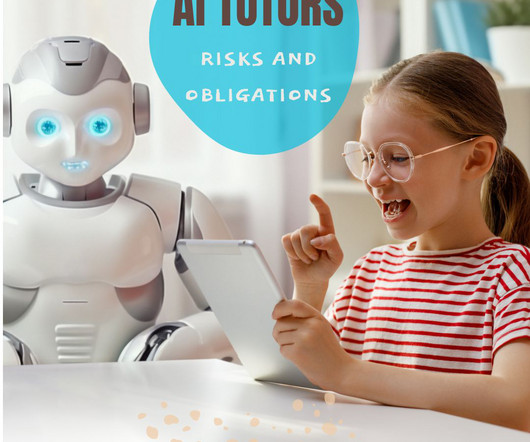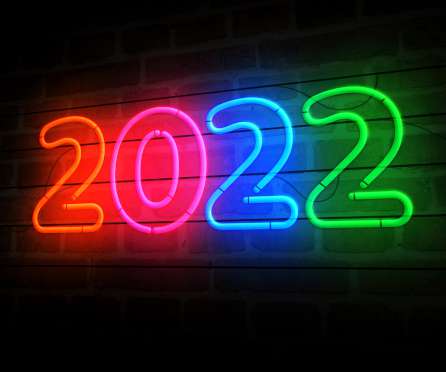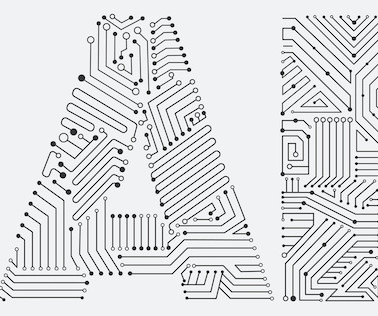Many states picked diploma pathways over high school exit exams. Did students benefit?
eSchool News
JUNE 13, 2025
Brito’s experience is what state education leaders hoped for when they replaced the high school exit exam with multiple pathways to graduation. That’s similar to the share of students who didn’t graduate on time in 2019, the final year of the exit exam. Lawmakers passed it unanimously. Michael Petrilli, the president of the Thomas B.


























Let's personalize your content